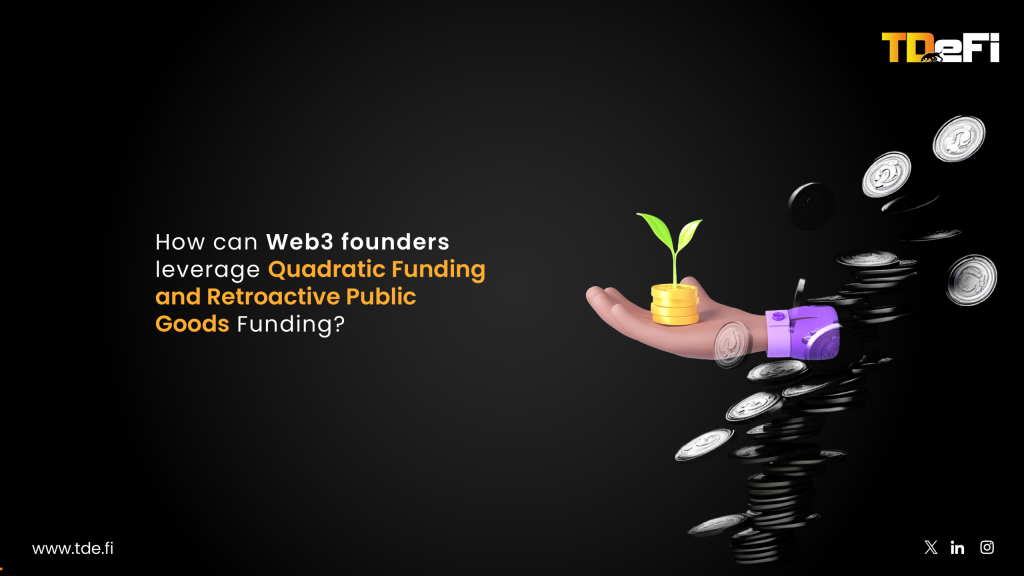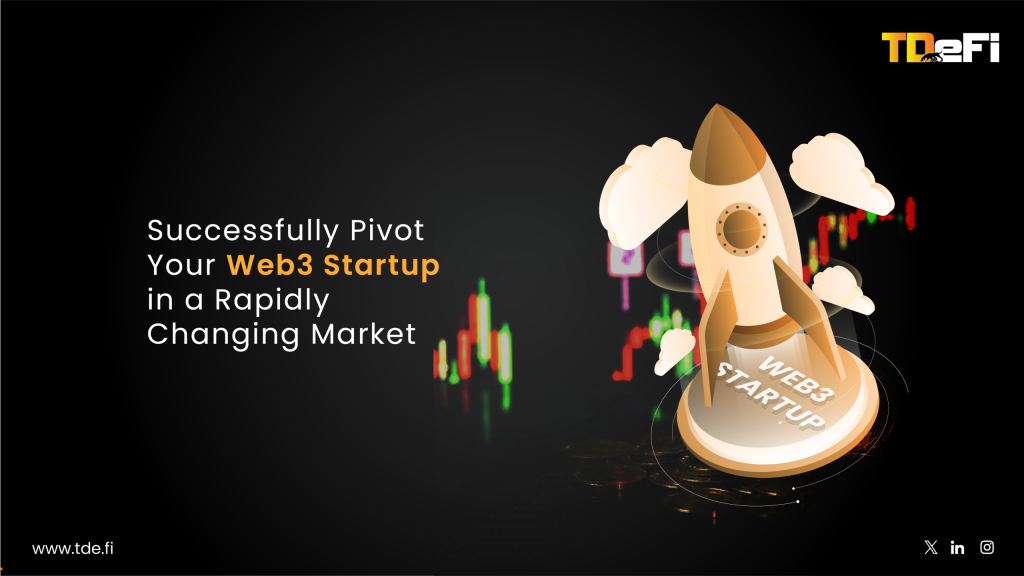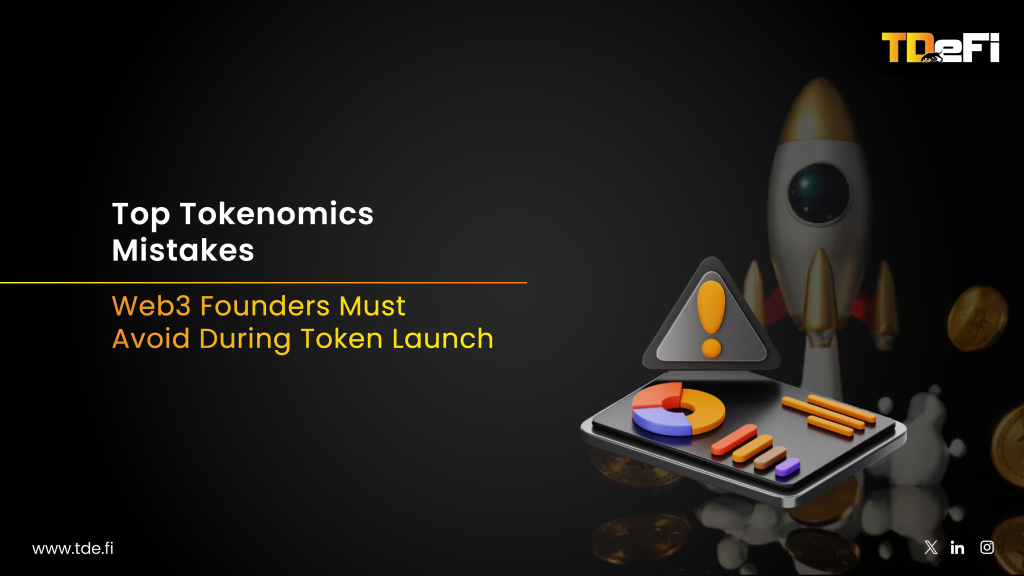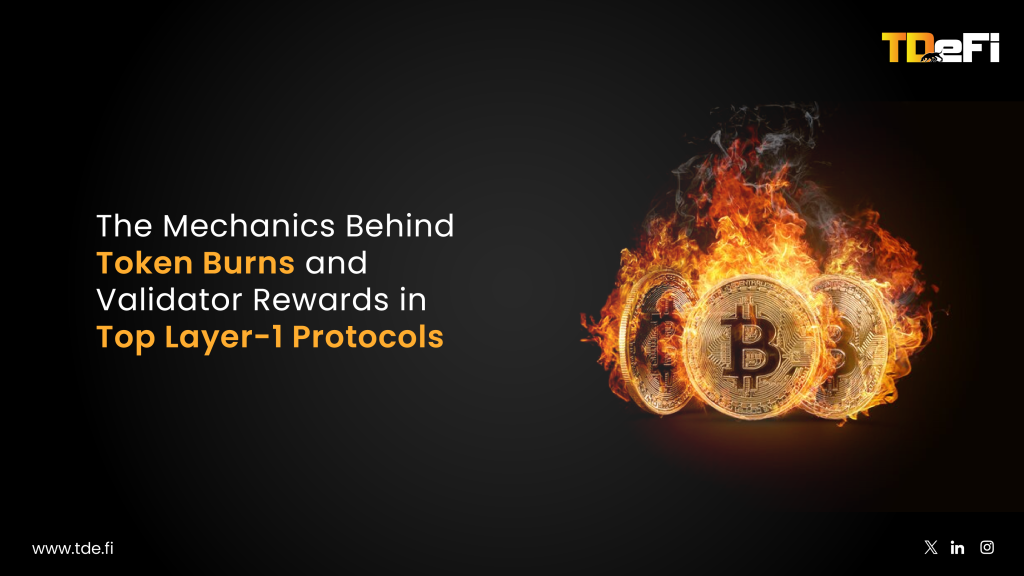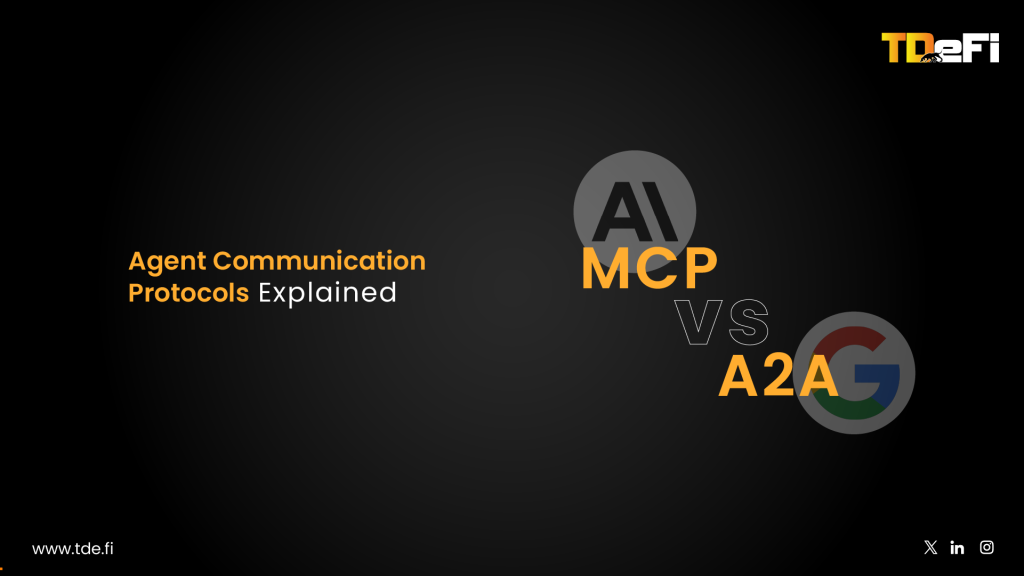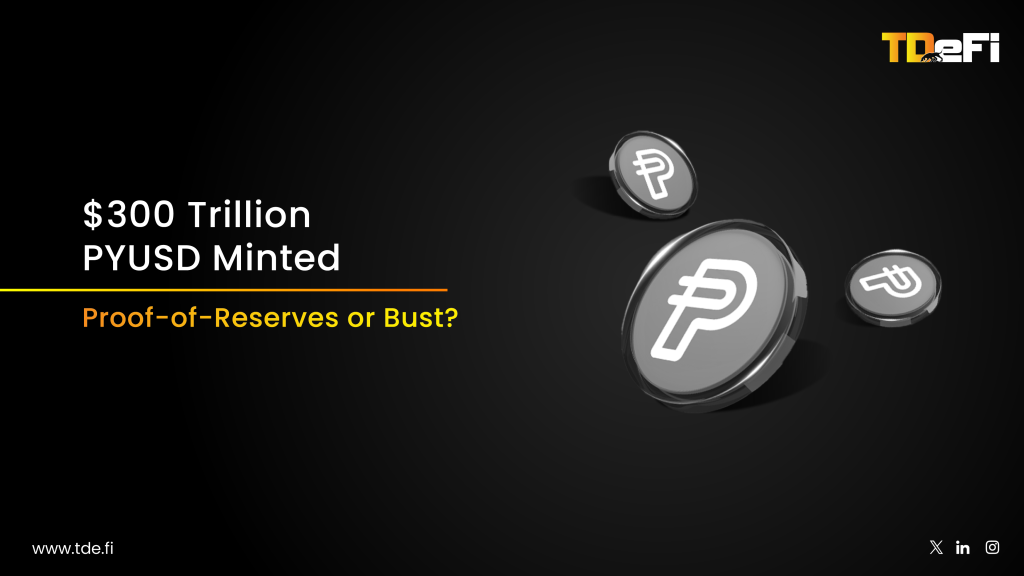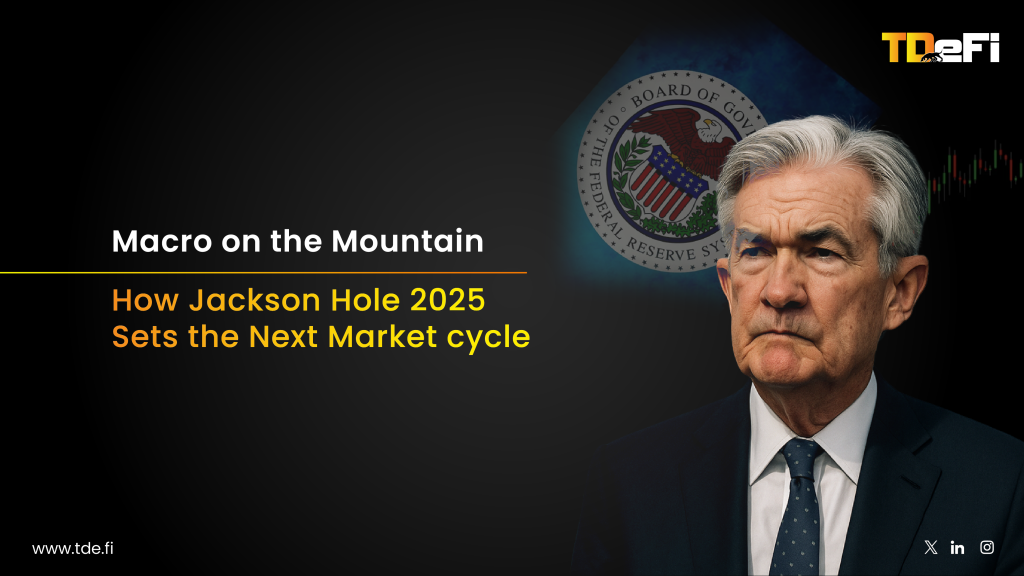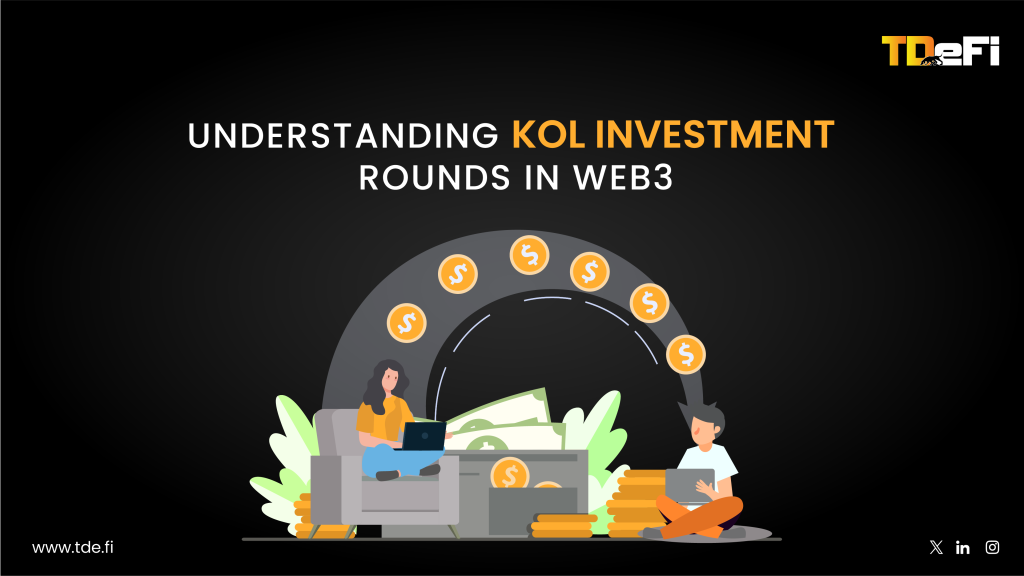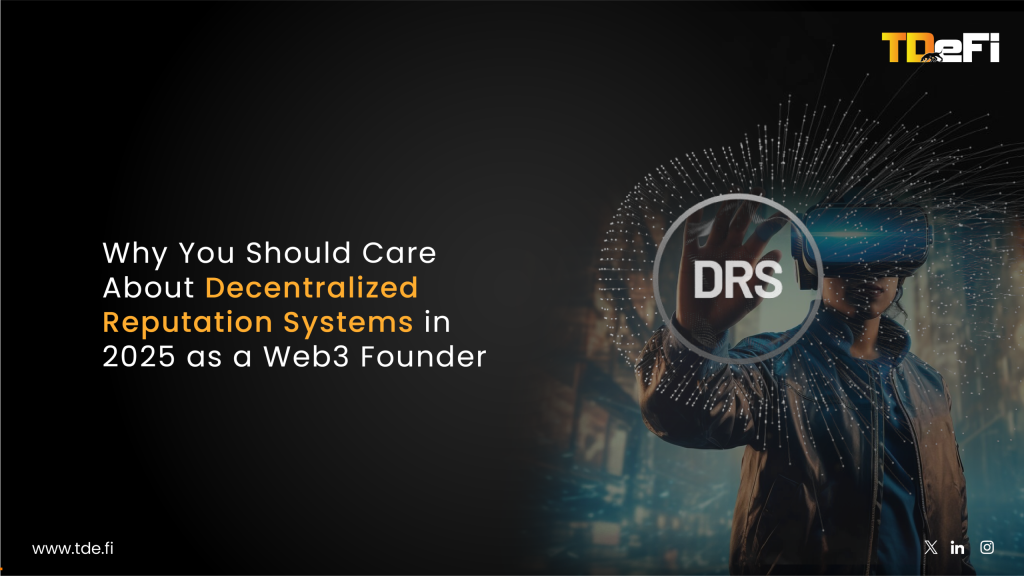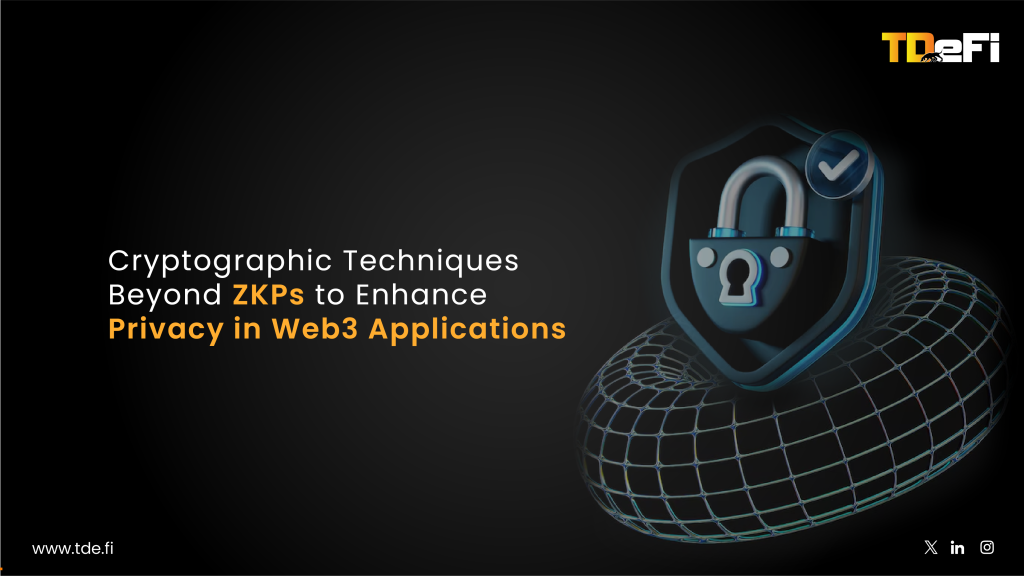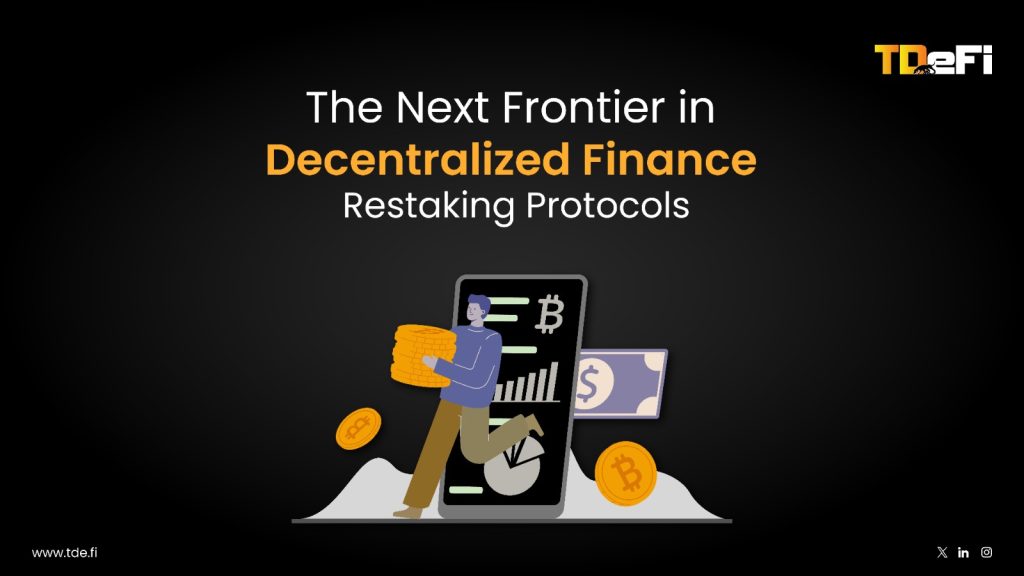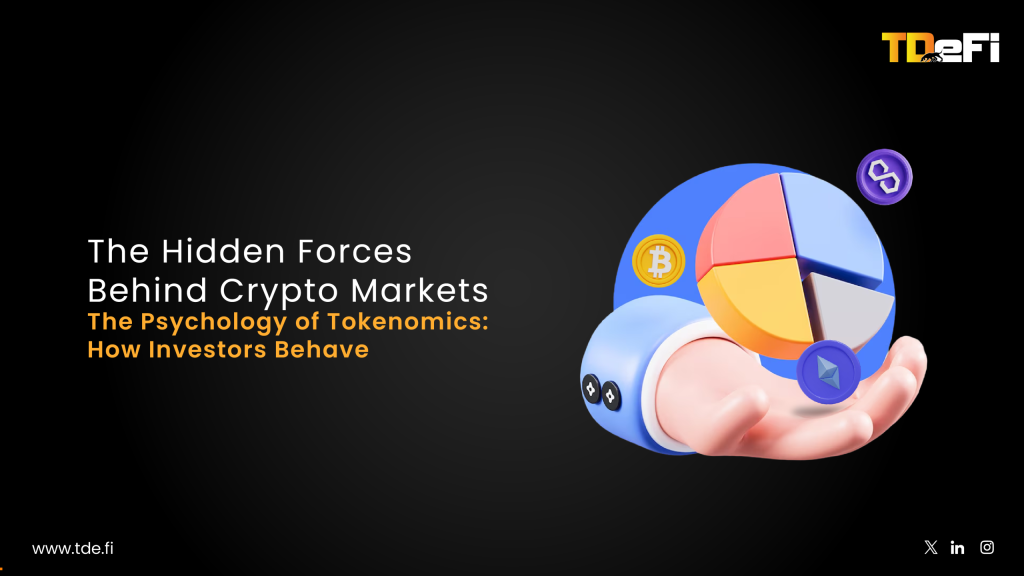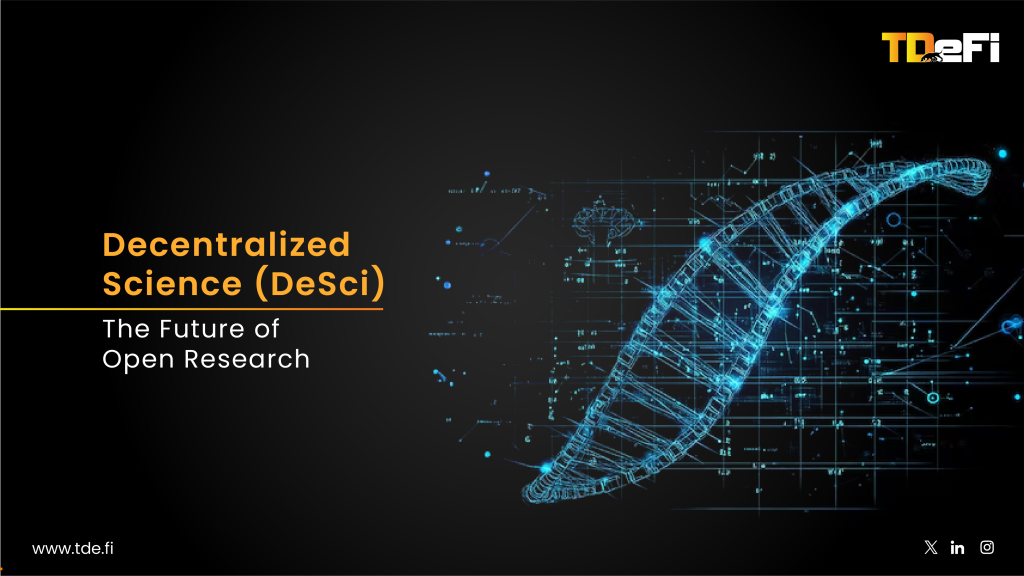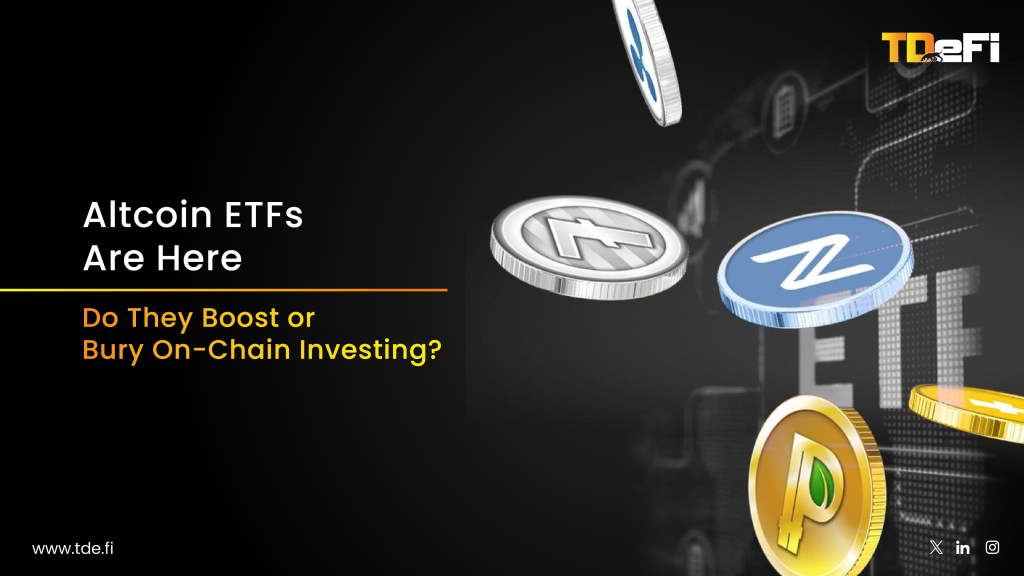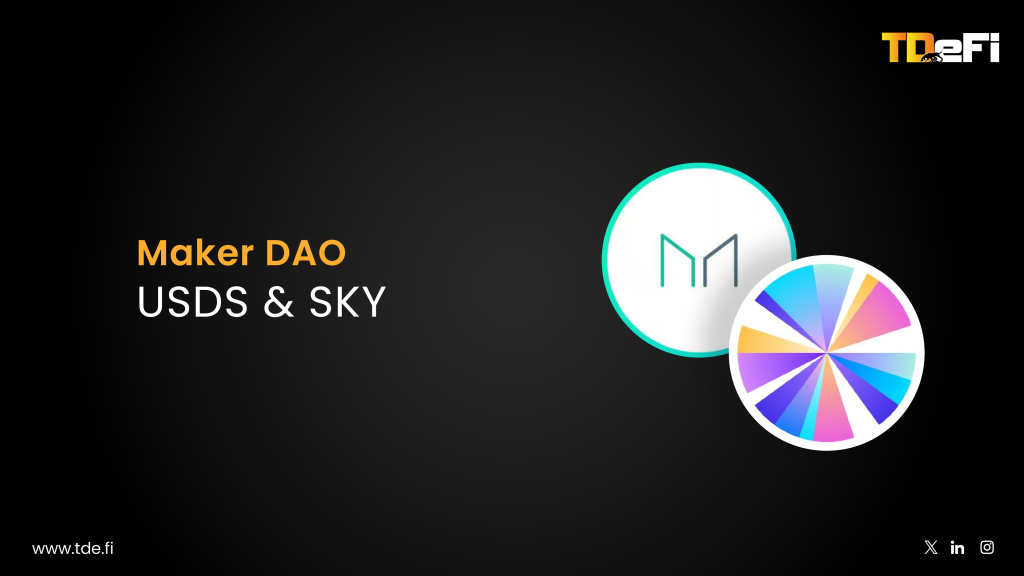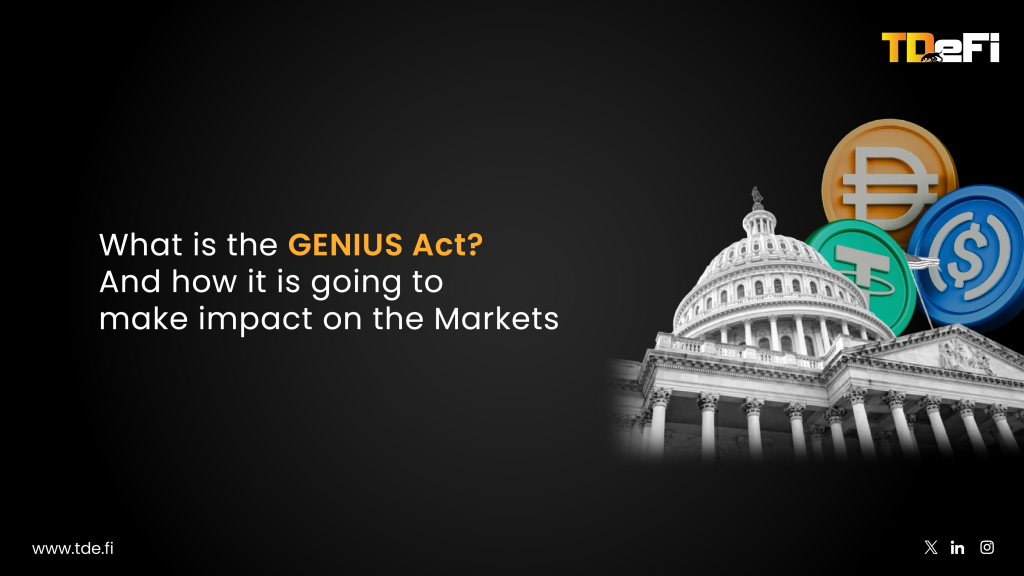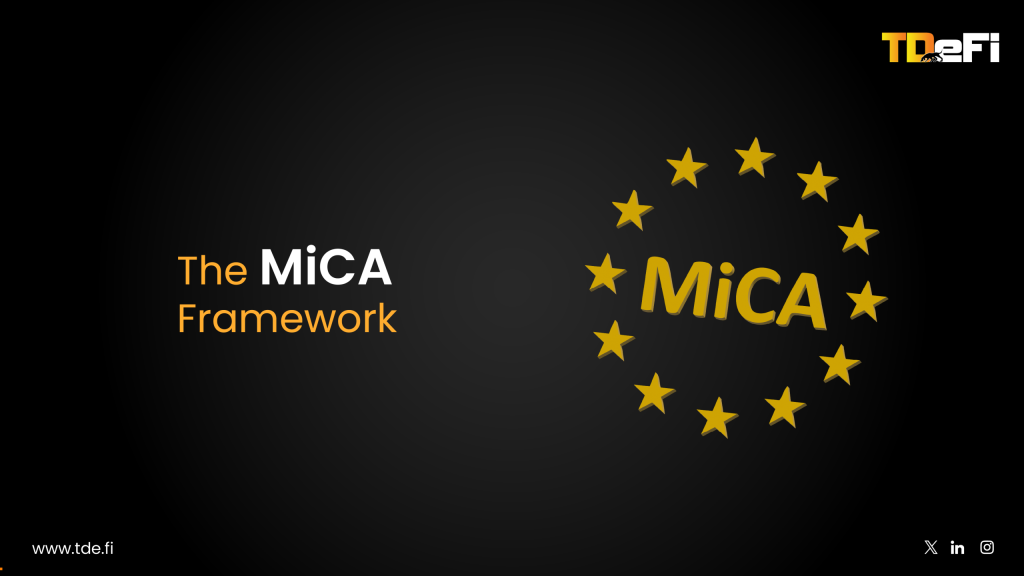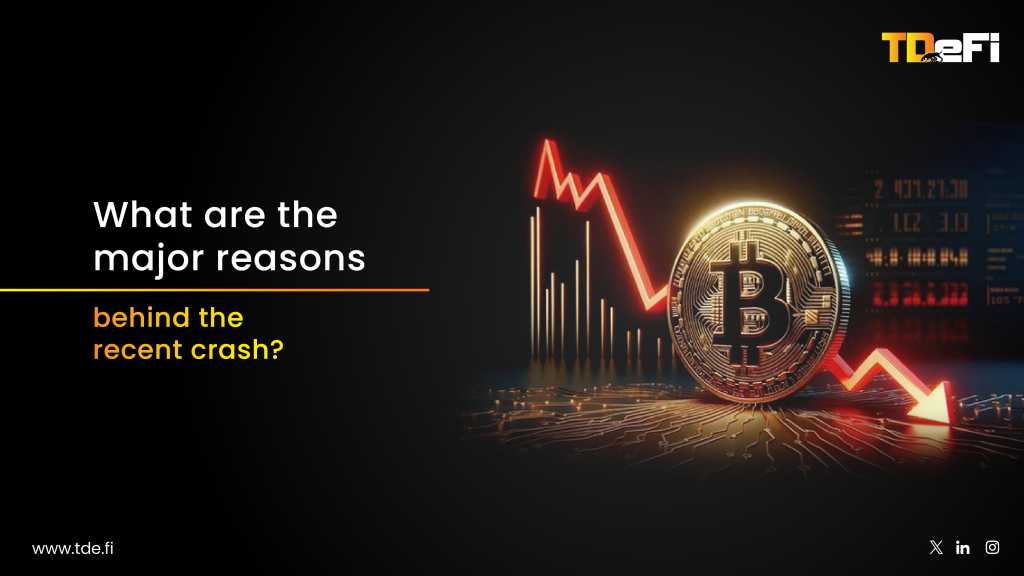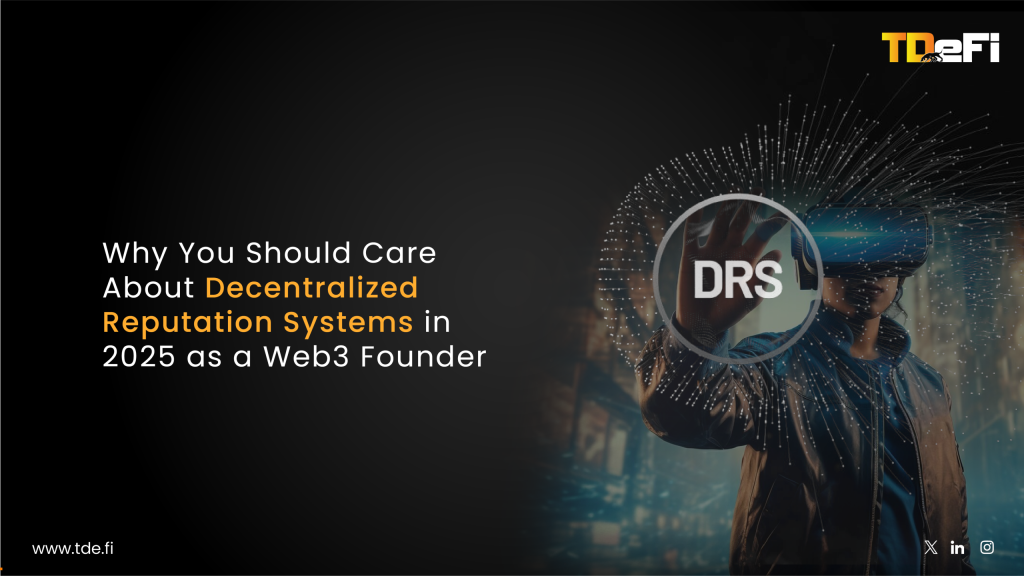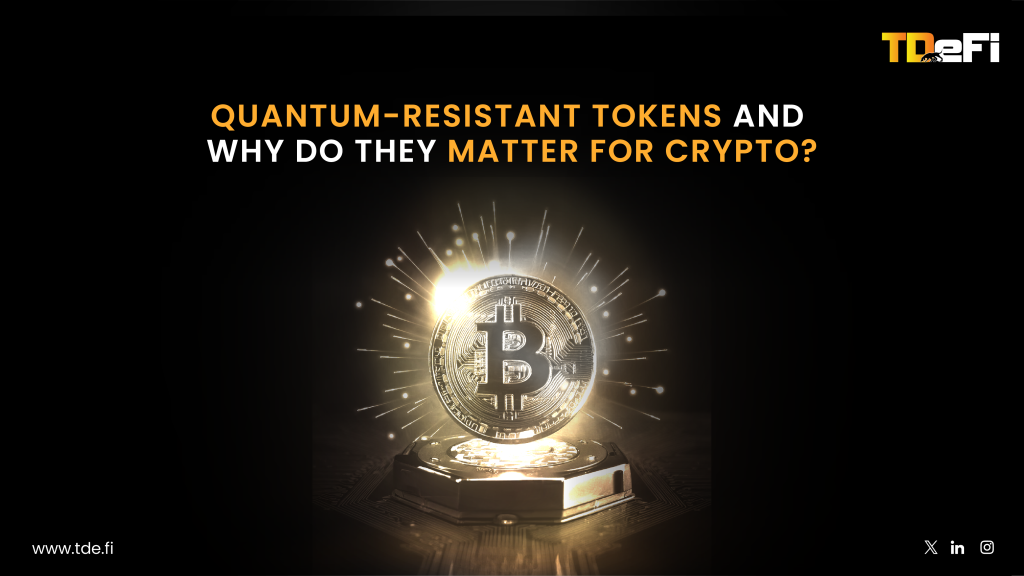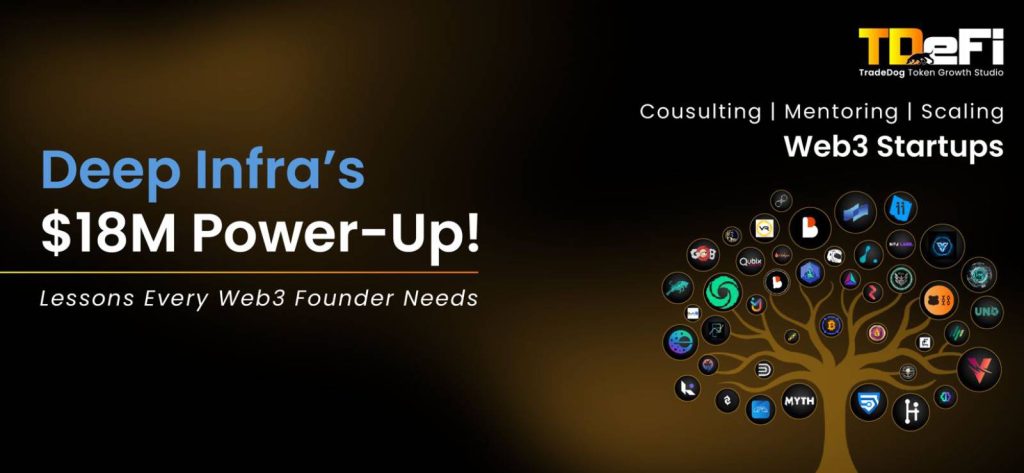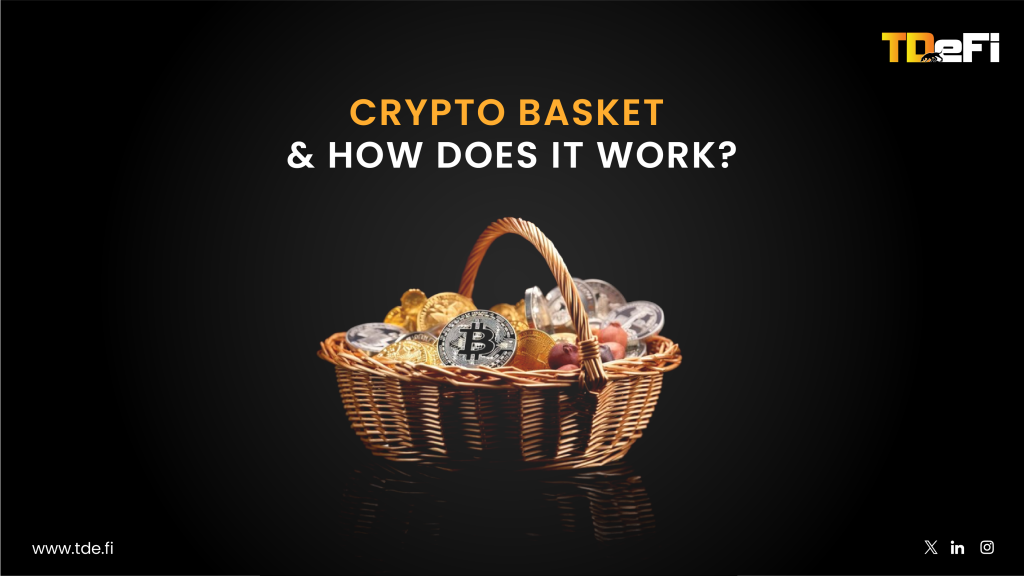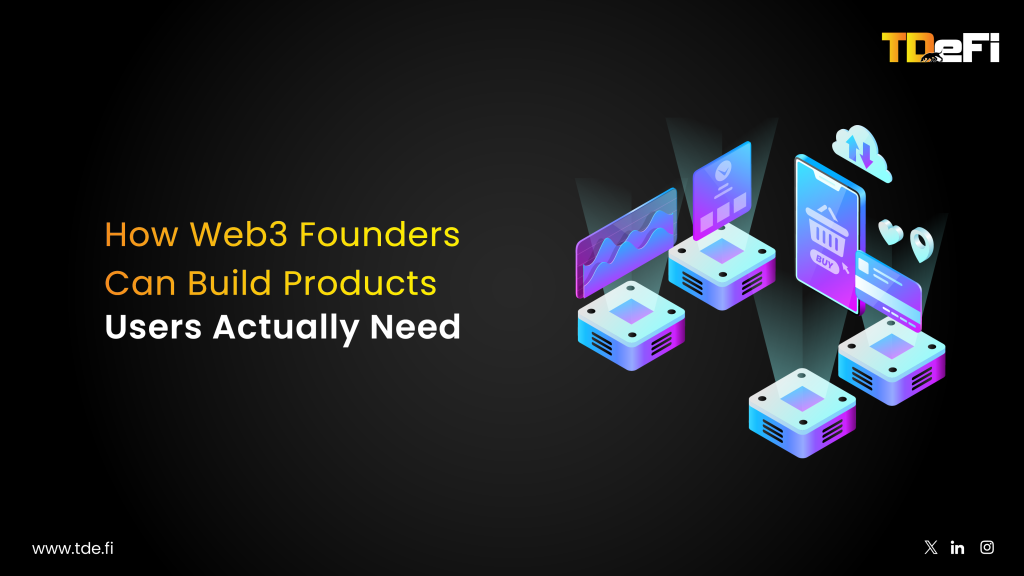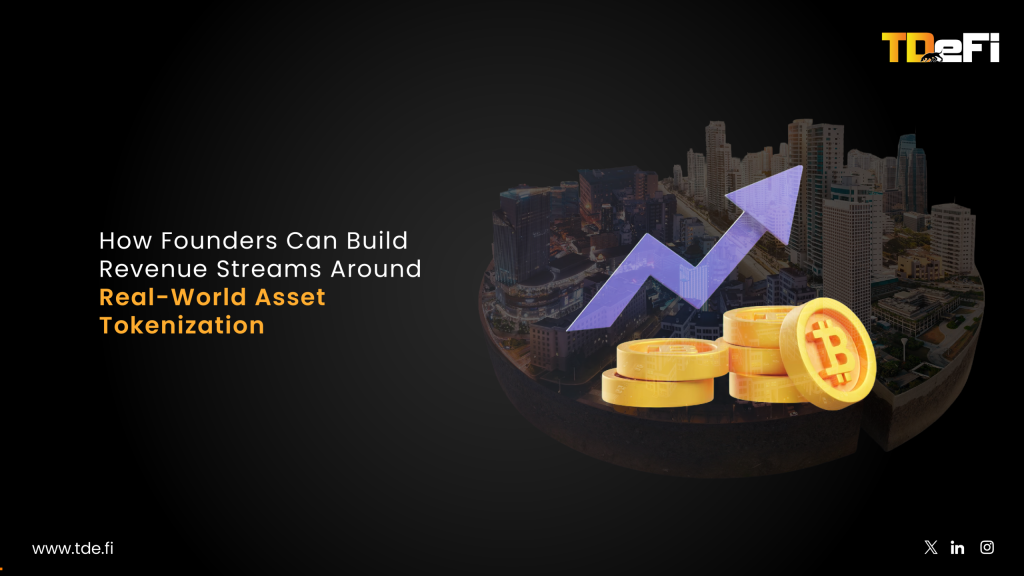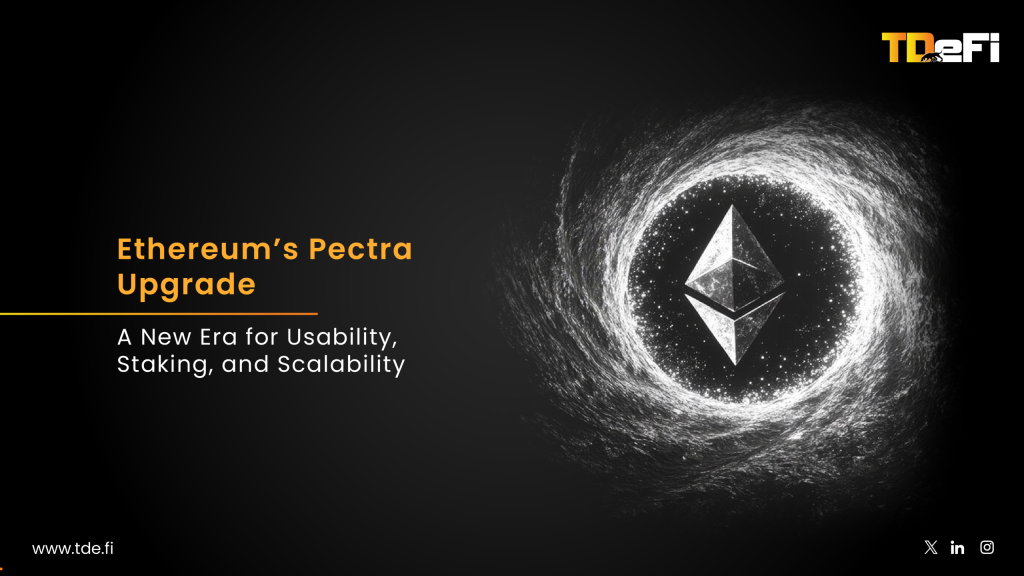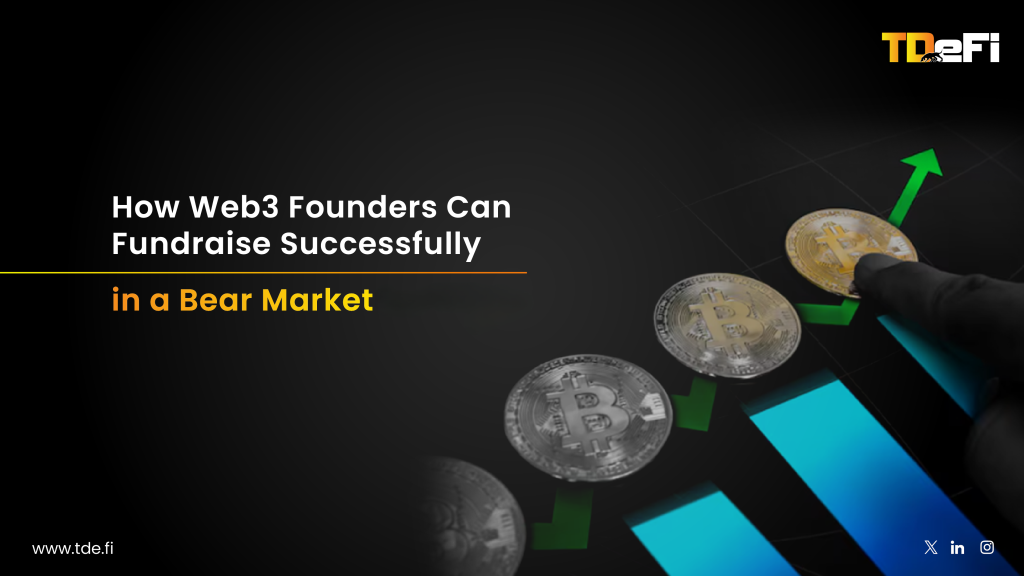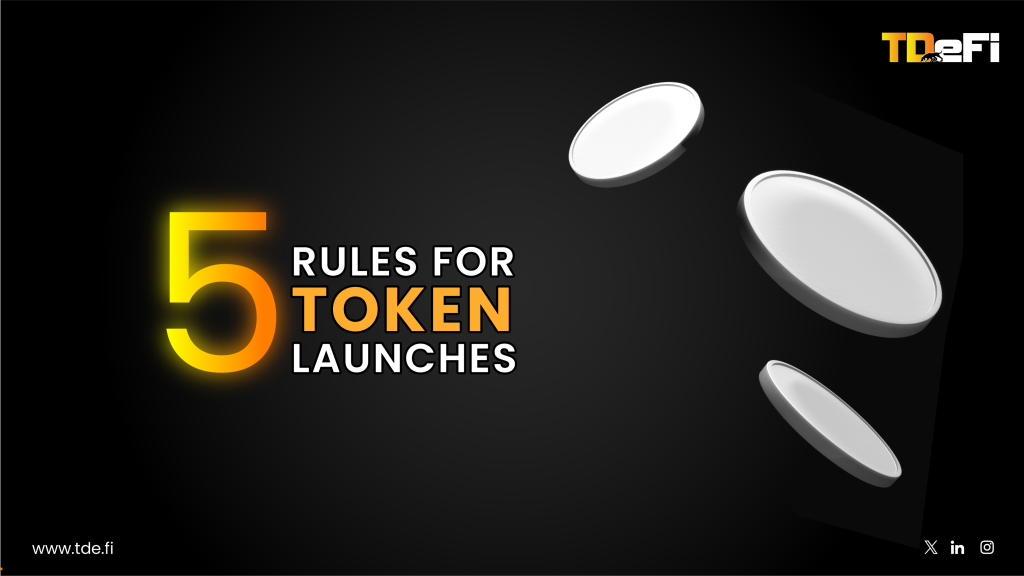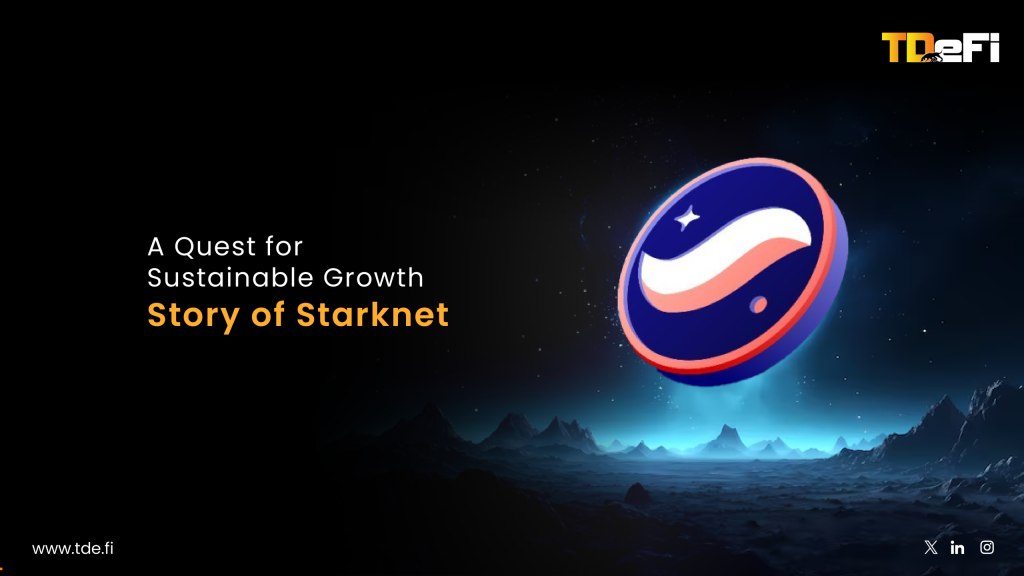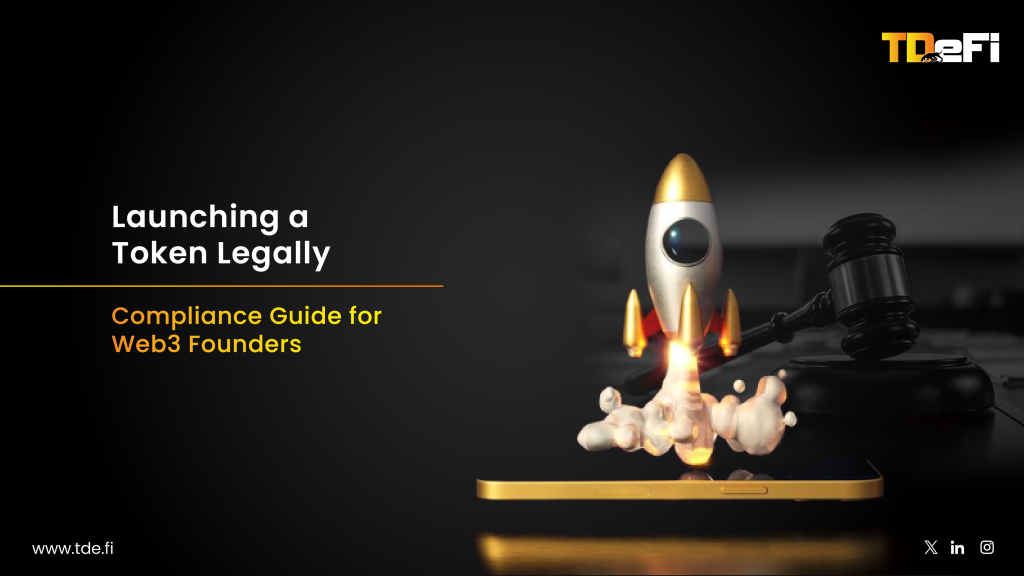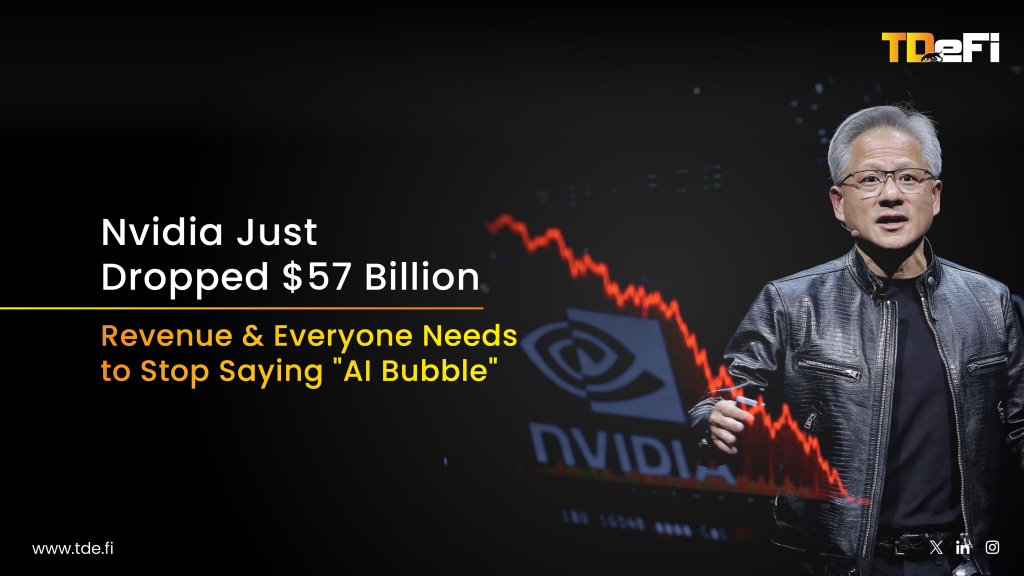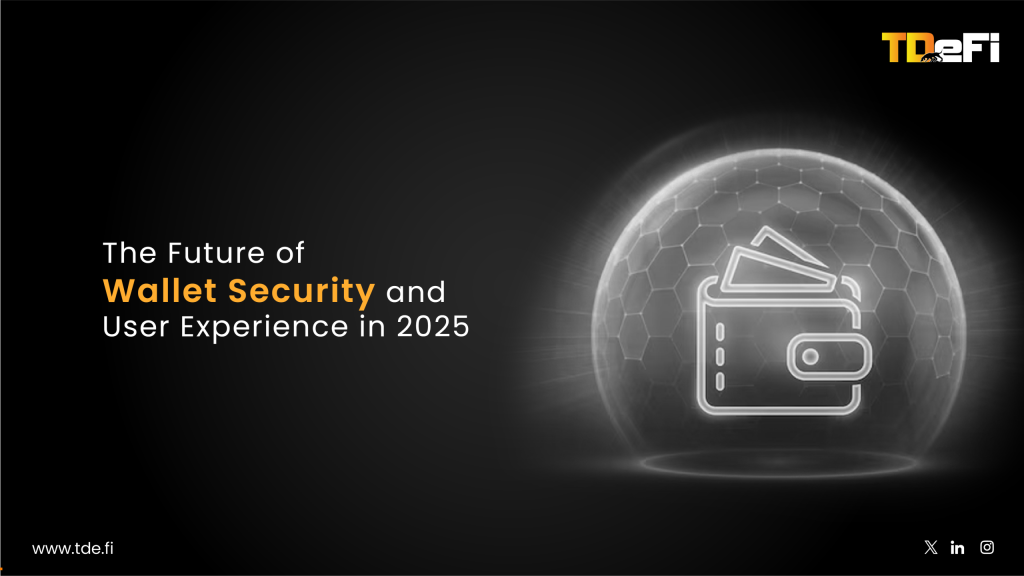A simple address switch. A $456 million hole. And one crypto billionaire’s emergency rescue that’s barely keeping the lights on.
When we deposit money into a bank, we expect it to be there when we need it—not invested in mining operations halfway across the world. That’s essentially what happened to TrueUSD, and the fallout reveals everything wrong with how some stablecoins actually work behind the scenes.

Source: Google
The Game That Broke a Stablecoin
TrueUSD (TUSD) is supposed to be simple. You give them a dollar, they hold a dollar, you can redeem it anytime. It’s pegged 1:1 to the US dollar, which means it should always trade at exactly $1.00. That’s the whole point.
But in November 2025, a Dubai court dropped a bombshell—freezing $456 million that was supposed to be backing $TUSD. Not because the money disappeared, but because it went to entirely the wrong place.
The money was supposed to go to the “Aria Commodity Finance Fund” in the Cayman Islands, a regulated fund investing in boring, liquid trade finance. The kind of stuff we can cash out quickly if people want their money back.
Instead? It landed in the bank account of “Aria Commodities DMCC”, a Dubai trading company owned by one person: Cecilia Teresa Brittain, wife of the fund manager Matthew Brittain.
Same name. Different entity. Completely different rules.
From Cash to… Solar Farms and Ships?
What happened to that $456 million is almost darkly impressive in its absurdity.
Techteryx (the company that issues TUSD) claims the funds were supposed to be in short-term, liquid assets, the financial equivalent of keeping cash under your mattress. Instead, forensic investigators found the money scattered across:
– $125 million in Australian solar and wind farms
– $25 million in Tanzanian mining concessions
– $60 million in global grain trading contracts
– Millions more in actual ships
These aren’t bad investments per se—but they’re “catastrophically wrong” for a stablecoin. You can’t sell a wind farm in 24 hours when customers want redemptions.
No kidding.
Enter Justin Sun: The Billionaire
By 2023, Techteryx realized they had a problem. Half a billion dollars of their reserves were locked up in illiquid infrastructure projects they couldn’t touch. Without liquid reserves, TUSD should have crashed—trading at 50 cents or worse.

Source: Google
That’s when “Justin Sun” stepped in.
The TRON founder (who’s “officially” just an advisor to TUSD) personally injected $500 million to keep the stablecoin afloat. It was a bailout, plain and simple—and it completely changed what TUSD actually is.
TUSD is no longer backed by diversified reserves held in trust. It’s backed by one guy’s personal balance sheet. If Justin Sun faces financial trouble, or simply decides to walk away, TUSD’s peg evaporates overnight.
He also announced a $50 million bounty, 10% of the stolen funds, for information leading to recovery and prosecution. It’s aggressive, it’s dramatic, and it signals just how dire the situation became.
The Market’s Verdict: Slow-Motion Collapse
TrueUSD’s market cap has collapsed by 80%, falling from over $3 billion in 2023 to just $492 million by November 2025. That’s eerily close to the exact amount frozen in Dubai, suggesting virtually all the “real” reserves are tied up in litigation.
Even more telling: TUSD doesn’t trade at $1.00 anymore. It hovers between $0.994 and $0.997.
In a normal market, traders would instantly buy at $0.997 and redeem at $1.00 for guaranteed profit.
S&P Global Ratings agrees. In November 2025, they gave TUSD a stability score of 5 (Weak) the lowest possible rating. Their reasoning? Asset impairment, ownership opacity, and zero transparency about whether Sun’s bailout money is even legally segregated.
The Real Lesson: Attestations Aren’t Audits
For years, TUSD proudly advertised “real-time attestations” from accounting firms. Those attestations confirmed money existed in an account at a specific moment.
But they didn’t check:
– Who actually owned the account
– What the money was invested in
– Whether it could be liquidated quickly
This is the difference between a bank teller confirming your balance and a forensic accountant examining whether your money is actually safe.
The entire fraud happened “off-chain” in traditional bank wires and custody agreements. The blockchain worked perfectly. The humans failed spectacularly.
What Happens Next?
The litigation will drag on for years. Recovering money from Australian solar farms and Tanzanian mines? Good luck with that.
Meanwhile, TUSD limps along as a “zombie stablecoin”—technically alive, practically irrelevant. Trading volume is anemic. Major exchanges are delisting it in Europe to avoid regulatory heat from the EU’s new MiCA framework, which demands exactly the kind of reserve transparency TUSD lacks.
The case has already become a cautionary tale. When regulators write the rules for stablecoin reserves, and they are writing them they’ll point to TrueUSD as Exhibit A for why “trust us” isn’t good enough.
The Bottom Line
A sophisticated fraud doesn’t require hacking the blockchain. Sometimes all it takes is two entities with similar names, a negligent custodian, and the assumption that nobody will look too closely at where the money actually went.
TrueUSD survived—but only because a billionaire was willing to personally backstop half a billion dollars. That’s not stability. That’s life support. And in the world of stablecoins, that’s a fatal distinction.




